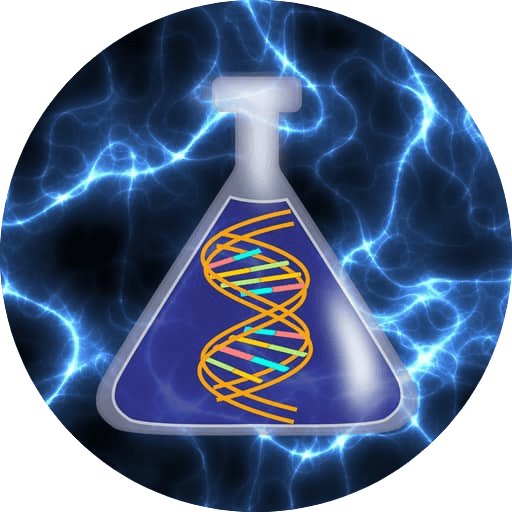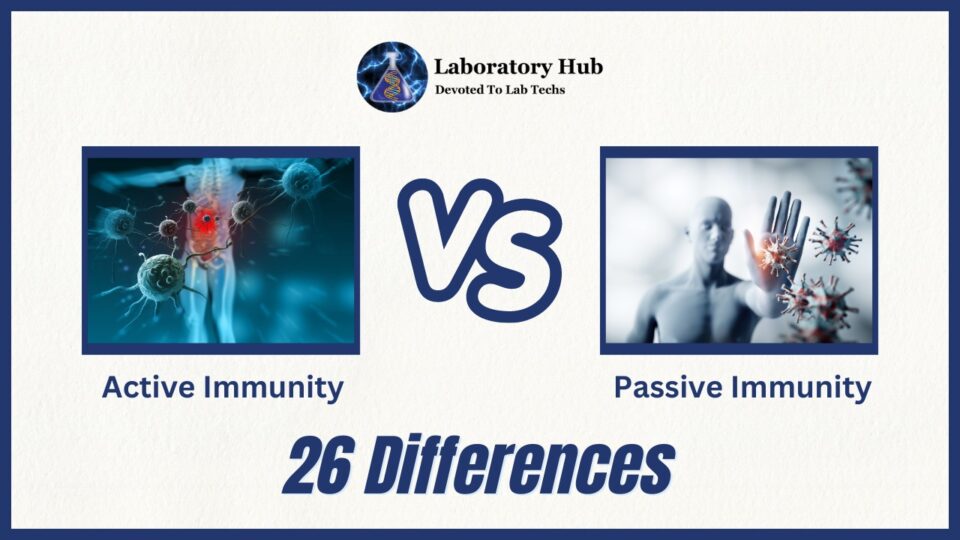The tiny world has transformed our knowledge of life’s exquisite aspects. Microscopy has allowed scientists to view the unseen, revealing life’s tiniest parts. Light and electron microscopes are the most popular and influential microscopes. Both tools magnify minuscule objects, but they work differently and have various pros and cons.
Scientific inquiry has relied on the light microscope, or optical microscope, for millennia. This clever technology magnifies specimens using visible light. Light microscopes can magnify cellular structures, bacteria, and certain macromolecules up to 1,000 times by transmitting light through lenses. The light microscope is useful in biology, medicine, and materials research due to its cost, portability, and simplicity.
The electron microscope has revolutionized our understanding of the microcosmos. The electron microscope uses accelerated electrons to generate high-resolution pictures. This breakthrough lets scientists see microscopic details. Electron microscopes are essential for examining viruses, nanoparticles, subcellular structures, and other tiny natural and manmade components at magnifications surpassing millions of times.
Resolution distinguishes the two microscopes. Electron microscopes may resolve more detail than light microscopes due to light diffraction. Electron beams can see tiny structures and have far higher resolution than visible light. Electron microscopes are essential for high-resolution imaging because of their accuracy.
Both microscopes have drawbacks. Light microscopes cannot see structures smaller than the wavelength of light, and optics limits their resolving power. Electron microscopes require specific expertise, a controlled atmosphere, and expensive maintenance and sample preparation. Electron microscopes are bigger and more expensive than optical ones, making them less accessible to smaller research labs.
Finally, the light and electron microscopes have transformed our comprehension of the tiny world. Light microscopes are easy to operate, while electron microscopes show hidden features and have superior resolution. Budget, sample size, and detail level determine which equipment is best for a scientific inquiry. New imaging methods and hybrid systems may help us discover the invisible world as technology advances.
|
S. No. |
Aspect |
Light Microscope |
Electron Microscope |
|
1 |
Principle |
Use visible light for imaging |
Use electron beams for imaging |
|
2 |
Resolution |
Limited resolution (around 200 nm) |
High resolution (up to subnanometer range) |
|
3 |
Magnification |
Moderate magnification (up to 2000x) |
High magnification (up to millions of times) |
|
4 |
Source |
Light source (visible spectrum) |
Electron beam source (electromagnetic lenses) |
|
5 |
Image Formation |
Uses lenses to focus light on the specimen |
Uses electromagnetic lenses to focus electron beams |
|
6 |
Depth of Field |
Deeper depth of field |
Shallower depth of field |
|
7 |
Specimen Preparation |
Requires minimal specimen preparation |
Requires complex specimen preparation |
|
8 |
Contrast |
Relies on staining techniques for contrast |
Contrast enhanced through staining, heavy metal coatings, or cryo-methods |
|
9 |
Sample Types |
Suitable for imaging live and stained samples |
Suitable for imaging fixed, stained, and thin-sectioned samples |
|
10 |
Sample Size |
Can accommodate larger sample sizes |
Limited by the size of the electron microscope chamber |
|
11 |
Sample Thickness |
Can image relatively thicker samples |
Suitable for imaging ultra-thin samples |
|
12 |
Imaging Modes |
Brightfield, phase contrast, fluorescence |
Transmission electron microscopy (TEM), scanning electron microscopy (SEM) |
|
13 |
Sample Preservation |
Samples can be observed in near-natural state |
Requires fixation and dehydration of samples |
|
14 |
Cost |
Relatively lower cost |
Higher cost |
|
15 |
Accessibility |
Widely available and accessible |
Limited availability, usually in specialized facilities |
|
16 |
Electron Sources |
– |
Tungsten filament or electron guns (thermionic or field emission) |
|
17 |
Vacuum Requirement |
Not required |
Requires high vacuum conditions |
|
18 |
Specimen Conductivity |
Non-conductive samples can be imaged |
Conductive samples required or need conductive coatings |
|
19 |
Observational Speed |
Real-time observation of dynamic processes |
Slower observation due to complex preparation and imaging |
|
20 |
Sample Artifacts |
Fewer artifacts, less chance of sample damage |
Artifacts can occur due to sample preparation and imaging |
|
21 |
Application Range |
Suitable for a wide range of biological and material samples |
Widely used in materials science, nanotechnology, and cell biology |
|
22 |
Limitations |
Limited resolution for small-scale structures |
Specimen preparation can be time-consuming and prone to artifacts |
|
23 |
Biological Studies |
Well-suited for observing live cells and tissues |
Provides high-resolution details of cellular structures |
|
24 |
Surface Imaging |
Limited in surface details of samples |
Excellent for surface imaging and topographical information |
|
25 |
Molecular Imaging |
Can provide limited molecular-level information |
Can reveal molecular details and atomic structures |
|
26 |
3D Imaging |
Limited 3D imaging capabilities |
Can generate 3D reconstructions and tomographic images |
|
27 |
Imaging Speed |
Rapid imaging with minimal sample preparation |
Slower imaging due to sample preparation requirements |
|
28 |
Magnification Change |
Easy and quick magnification adjustments |
Requires physical change of objective lenses |
|
29 |
Image Color |
Can produce color images |
Produces grayscale images |
|
30 |
Use in Medicine |
Widely used in medical diagnostics and pathology |
Important in medical research and diagnostics |
|
31 |
Depth of Focus |
Good depth of focus |
Limited depth of focus |
|
32 |
Sample Flexibility |
Can accommodate a wide range of sample types |
Limited flexibility for non-conductive samples |
|
33 |
Contrast Techniques |
Limited contrast techniques available |
Diverse contrast techniques, including phase contrast, dark-field, and more |
|
34 |
Scanning Modes |
Limited or no scanning modes available |
Scanning modes allow surface topography analysis |
|
35 |
Sample Size Range |
Suitable for larger samples |
Suitable for microscopic and nanoscopic samples |
|
36 |
Practicality |
Easy to use and handle |
Requires specialized training and technical expertise |
|
37 |
Sample Localization |
Can observe specific regions of interest |
Can target specific regions with high precision |
|
38 |
Sample Preparation Time |
Quick sample preparation and imaging |
Time-consuming sample preparation and imaging |
|
39 |
Image Acquisition |
Can capture images directly to the eyepiece or camera |
Requires digital image acquisition and processing |
|
40 |
Education and Training |
Commonly used in educational settings |
Primarily used in advanced research settings |
Also read: How to Examine the Sputum Specimen In Microbiology Laboratory?
Frequently Asked Questions (FAQS)
Q1. What is the main difference between a light microscope and an electron microscope?
Imaging radiation differs. Electron microscopes utilize accelerated electrons, while light microscopes use light.
Q2. Which microscope magnifies more?
Electron microscopes magnify more than light microscopes. They can magnify nanoscale things millions of times.
Q3. Which microscope has higher-resolution?
Electron microscopes outresolve light microscopes. Electrons’ shorter wavelength makes tiny structures visible and improves picture detail.
Q4. What can be observed with a light microscope?
Light microscopes are ideal for seeing cells, bacteria, and macromolecules. Materials science, biology, and medical studies employ them.
Q5. What can be observed with an electron microscope?
Electron microscopes excel at nanoscale imaging. They are excellent for researching viruses, nanoparticles, subcellular structures, and other tiny natural and manufactured components.
Q6. Which microscope is cheaper?
Electron microscopes are expensive compared to light microscopes. Due of their inexpensive cost and ease of use, educational, scientific, and therapeutic contexts employ them.
Q7. Are light microscopes limited?
Light diffraction limits the resolution of light microscopes. They can’t see structures smaller than light’s wavelength, reducing their resolution.
Q8. Are electron microscopes limited?
Electron microscopes need a regulated atmosphere and particular training. Sample preparation might be laborious. Electron microscopes are bigger and more expensive than light microscopes, making them less accessible to smaller research labs.
Q9. Can electron microscopes be used for biological samples?
Electron microscopes can analyze biological material. Fixation, dehydration, and heavy metal coating are needed to stabilize and contrast biological samples for electron microscopy.
Q10. Are there any emerging imaging techniques combining the benefits of both microscopes?
Yes, new methods combine light and electron microscopy. Correlative light and electron microscopy (CLEM) combines fluorescence and electron microscopy to offer spatial and molecular information about a sample.
Summary
User Review
( votes)
Laboratory Hub aims to provide the Medical Laboratory Protocols & General Medical Information in the most easy to understand language so that the Laboratory Technologist can learn and perform various laboratory tests with ease. If you want any protocol to be published on Laboratory Hub, Please drop a mail at contact@laboratoryhub.com. Happy Learning!

